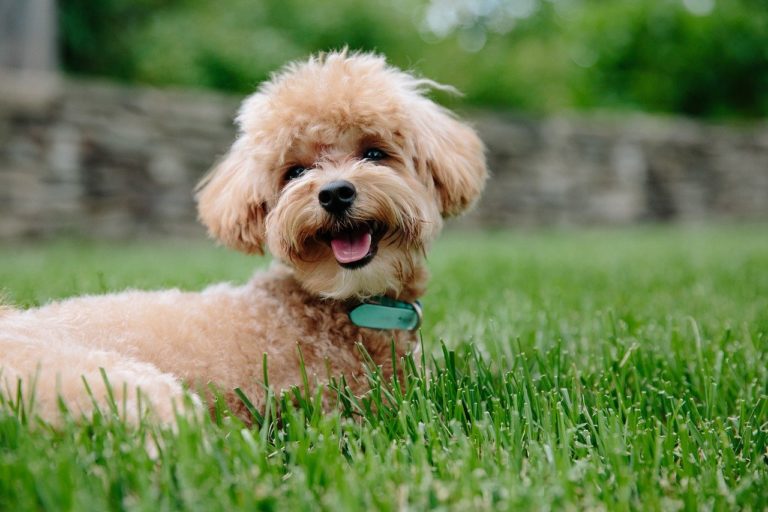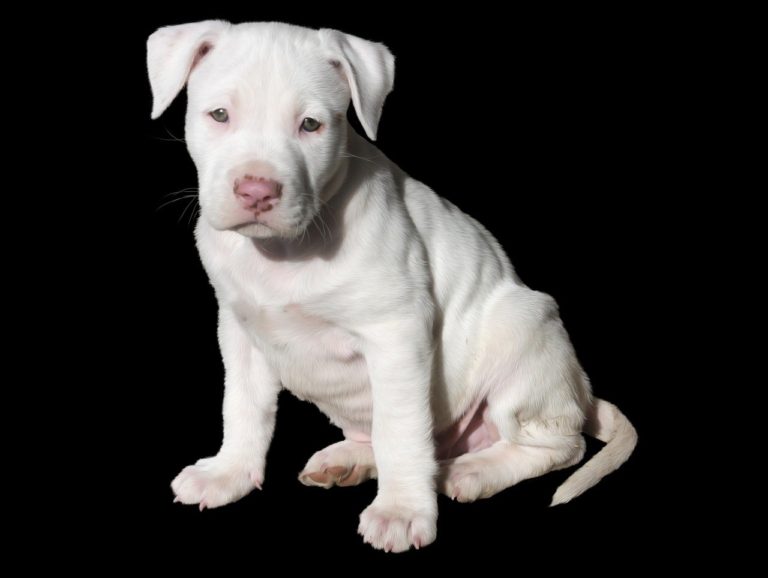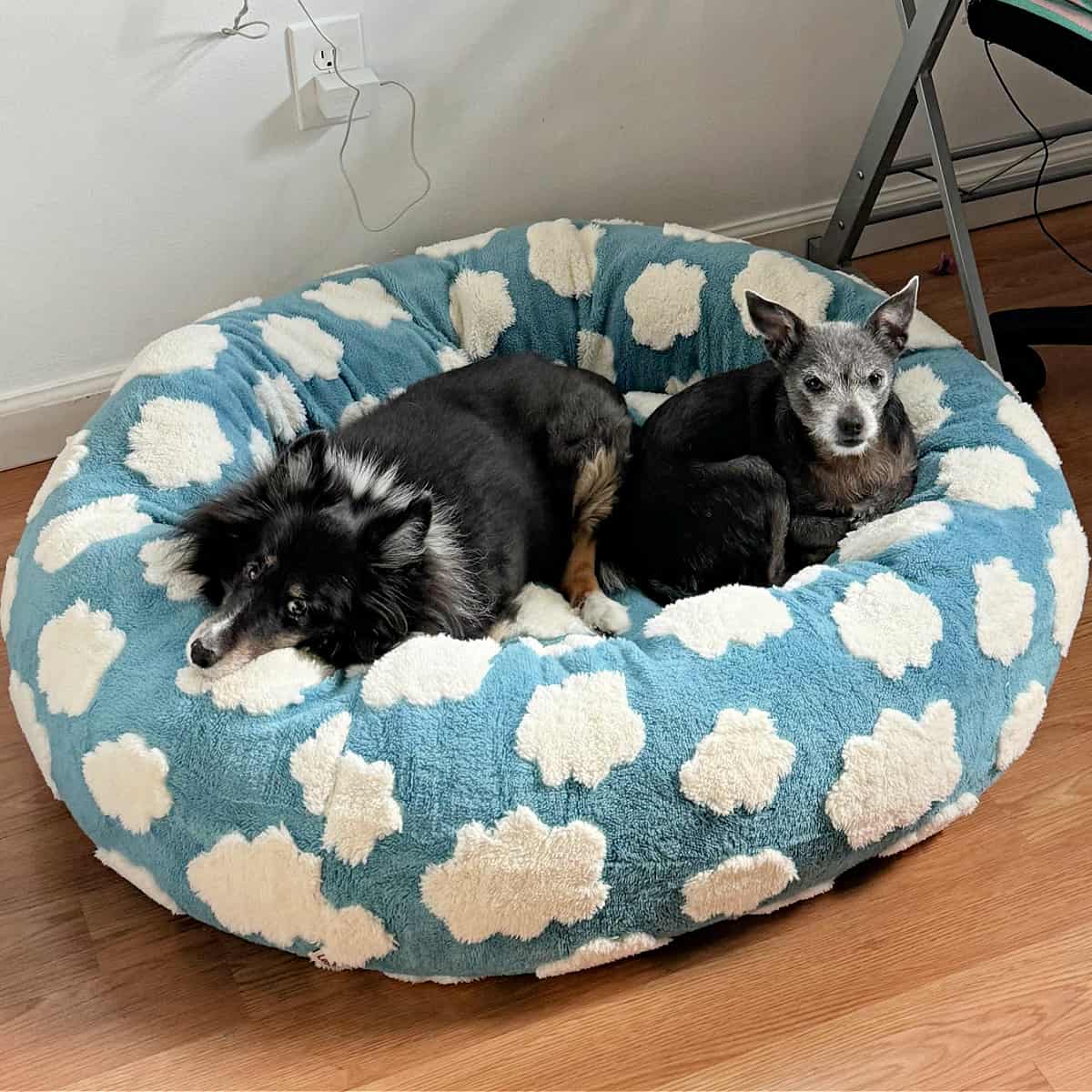When you are thinking about getting a dog, there are a lot of decisions to be made. People will have some ground rules to figure out - will the pooch be allowed on the furniture? How often will they need to be walked? Will you feed it standard dog food, or go for a raw food diet? And there are a lot more where those came from. One of the main questions you might have is regarding which breed of canine you’re going to get.
3 Dog Breed Myths - And The Reality Behind Them
When choosing a breed of dog, you may simply decide based on which breed you find most endearing. Some people love Labradors as the faithful and fun-loving companions that they are. Others will plump for a Samoyed, the remarkable half-dog, half-cloud creatures that were bred initially as reindeer-herders but have become a popular pet in recent years. Others still will decide on a breed based on the reputation that particular type of pup has built up over the years.
But here’s the rub: what you understand about a certain breed of dog may be true, or it may be the result of years of assumptions made about that breed by societal understanding - and it might be no closer to the truth than some judgement made on the basis of the hound’s appearance. Below, we’ll go into some of the faithfully-repeated tropes about these dogs, and get to the truth - and maybe change a few minds when it comes to those breeds.
Poodles are just fancy show dogs, aren’t they?
You have to feel some sympathy for poodles. Their very name is even used as a dunk on people who have no principles of their own and act as faithful, unthinking lackeys to other humans. To look at a poodle, many people assume that they are more accessory than dog, highlighting the way their fur is often cut and reaching the conclusion that anyone who wants a poodle doesn’t really want a dog, they want a sentient toy.
In actual fact, the poodle breed is not only whip-smart, it’s also a trusty working dog. When they were first bred - in Germany, not France as many assume - the name Püdel came from the German for “puddle”, because it is a breed that likes to surge through water. This came in handy when they were used as hunting dogs; their “soft” mouths were highly-prized as they were able to retrieve waterfowl without mangling them. And that “haircut”? It’s the result of how owners would trim the coat to stop poodles from becoming weighed down by so much wet fur. The bits left intact were strategically chosen to stop them getting cold.
In short, there’s a lot more to poodles than meets the eye; sure, they’re often spoiled and accessorized, but that’s a human problem. If you get one, you can style it however you want - one thing’s for sure, you’ll have a clever companion who’ll respond well to online dog training courses and regular walks. Better still, they get on really well with humans.
Greyhounds are perpetual motion machines, right?
The first thing that comes to mind when most of us picture a greyhound is a lean, kinetic pooch that races for fun. If you’re someone who works a lot and is not in a position to take a pet for its regular walk, you might be concerned that such a dog would be a bad choice. Even if you do have time to walk them regularly, how would you even keep up with the energy level of these guys?
As it turns out, you don’t need to worry about being worn out by a pet greyhound; they’re as happy to sit and chill out as any of us humans. Yes, they can run at tremendous speeds, but only for short bursts - and they then need to recover from the exertion. If you go to an African game reserve and see cheetahs, you’ll see that they’re much the same - there is no creature of that general size that could keep running at that speed without needing to catch a rest. If you fancy a pet greyhound, don’t let the cliches put you off - most of its time will be spent relaxing.
Pitbulls are angry danger dogs, yes?
For some time the favored pet of people who want to project an air of toughness, the pitbull is another breed that has come to be saddled with a negative reputation on the basis of decisions humans make. Again it is easy to see how the stereotype has stuck - a pitbull’s general appearance makes it look ferocious, its squat, musclebound frame giving it the physical gifts to do a lot of damage if it wants to.
A pitbull will exhibit all the aggression people expect, and more, if it is encouraged to do so. Which is what some people will do: keeping the dog hungry; in filthy conditions; and often beating them to “toughen them up”. That’s unpleasant to read, and it’s unpleasant to experience, and any dog treated that way will develop some anger issues. But treat a pitbull right - and, by the way, pitbull is a class that includes several breeds - and you’ll have a cheerful, sweet dog that wouldn’t dream of harming another living soul.
The truth about most breeds of dog is that you will very much get back what you give as a pet parent. If you’re gentle, kind and loving with your dog, then you will generally get the same in return. The three examples above are, it has to be said, three of the most egregious examples of how people can think something about a dog breed without apparently ever having been exposed to the reality.
By the same token, dogs with reputations that are more positive won’t necessarily live up to those reputations unless you put in some work with them. That’s the key takeaway - dogs, like humans, are living organisms that will behave in a more friendly way if they feel happier; give them reason to be happy and faithful, and they’ll be right there




















Leave a Reply